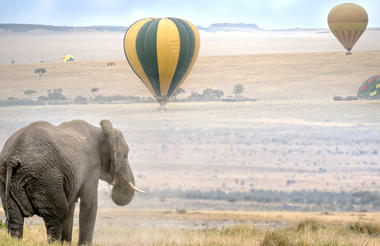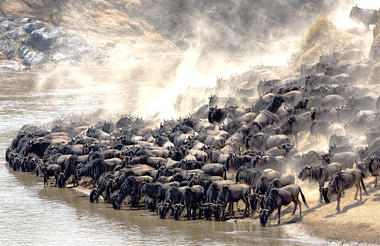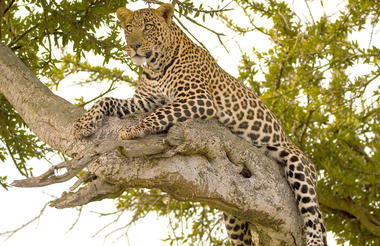Set just over an hour from Cape Town, within the inspiring landscapes of the Cape Winelands, Franschhoek is a heritage town and a world-renowned food and wine destination. Travellers could choose to focus their visit on any one aspect alone - nature, cuisine or culture - and find plenty to keep them busy. The estates here attract wine experts from around the globe with their Shiraz, Cabernet Sauvignon, and Cap Classique sparkling wine (among others). Five-star restaurants alongside the cellars are surrounded by the same jaw-dropping valley scenes that have brought artists and writers to the area for centuries. A superb literary festival takes place around May every year, and, combined with the town’s Cape Dutch manor houses, fascinating museums, and charming boutiques, makes Franschhoek a wonderful place to visit in winter. Summer provides endless hiking, cycling and other outdoor opportunities among the lush farmlands and mountains.
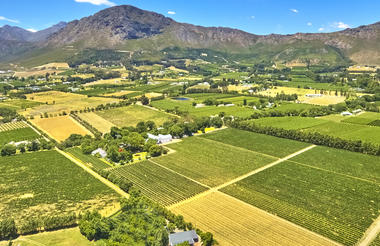
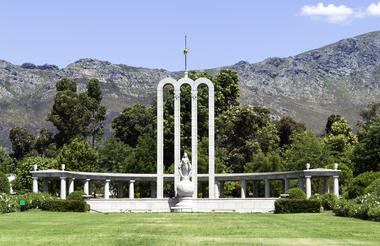
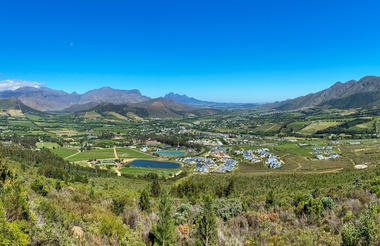
Located in the Mpumalanga Province, the Timbavati Private Nature Reserve shares a fenceless border with the world-renowned Kruger National Park. This magnificent 60 000 hectare reserve is best known for its two very rare white lions discovered here in the 1970s, which gave this destination its name. Meaning 'the place where something sacred came down to earth from the heavens', the park lives up to the hype with its enthralling African savannah, abundant wildlife, and friendly people. Visitors have the opportunity to see 40 mammal species, 360 bird species and the famous Big Five (lion, leopard, rhinoceros, elephant, and Cape buffalo). Enjoy a wide array of activities including daytime safaris, guided night game drives, bush walks, and excellent bird watching.



Situated along the Nairobi River in beautiful Kenya, the capital of Nairobi is East Africa's most cosmopolitan city. It serves as an excellent starting point for African safari trips around Kenya. Nairobi is Africa’s 4th largest city and is a vibrant and exciting place to be. There are some fascinating attractions: its cafe culture, unbridled nightlife, the National Museum, the Karen Blixen Museum and most notably, just 20 minutes from the city centre, wild lions and buffalo roam in the world’s only urban game reserve. Make sure you pay a visit to the elephant orphanage operated by the David Sheldrick Wildlife Trust for a once in a lifetime experience.
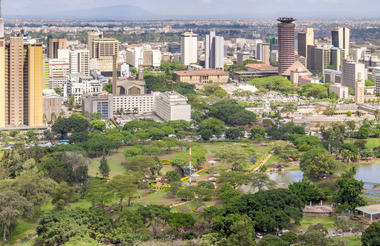
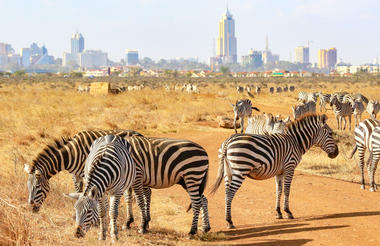
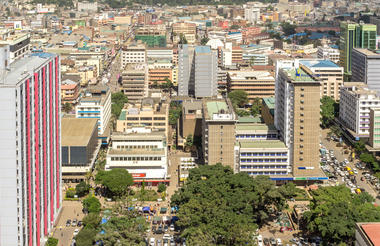
The Masai Mara together with Tanzania’s Serengeti form Africa’s most famous wildlife park, the Masai Mara National Reserve. The image of acacia trees dotting endless grass plains epitomises Africa for many, then add a Maasai warrior and some cattle to the picture and the conversation need go no further. The undeniable highlight of the Masai Mara National Reserve is undoubtedly the annual wildebeest migration traversing the vast plains of the Serengeti and the Masai Mara. It is known as the largest mass movement of land mammals on the planet – with more than a million animals following the rains. Large prides of lions, herds of elephants, as well as giraffes, gazelles and eland can also be spotted in the reserve. Aside from horse riding safaris and traditional vehicle safaris, hot-air ballooning over the Mara plains has become almost essential.
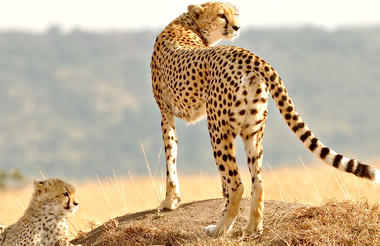
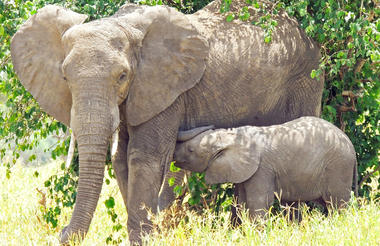
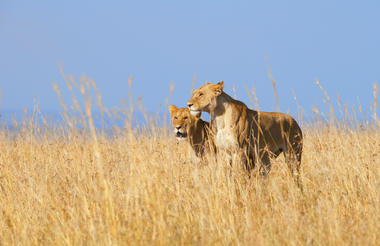
One of Kenya’s undisputed natural highlights is the Masai Mara National Reserve, which sprawls across more than 1500 square kilometres of the country’s southwest. The park protects a phenomenal array of game, including elephant, lion, leopard and buffalo, as well as crocodile and hippopotamus in the Mara River. The birdlife is no less impressive, with over 450 resident bird species. However, the true highlight here is the Great Migration, recognised as one of the Seven New Wonders of the World. To survive the dry months of July to September, some 1.7 million wildebeest, migrate from the parched plains of the Serengeti National Park in Tanzania. Along with much smaller numbers of antelope, buffalo and zebra, they move to the more forgiving grasslands of the Masai Mara. In their wake come predators such as lion, hyena and cheetah, for whom these giant herds are an easy source of prey.
